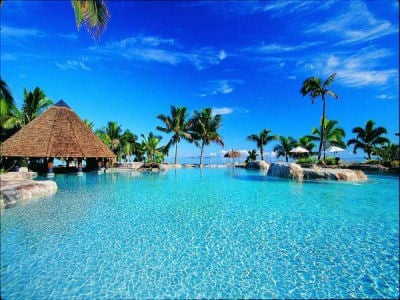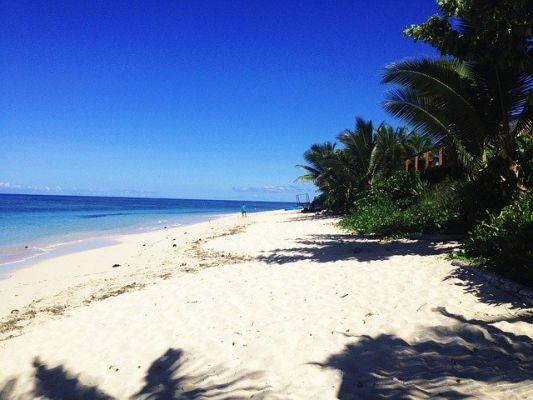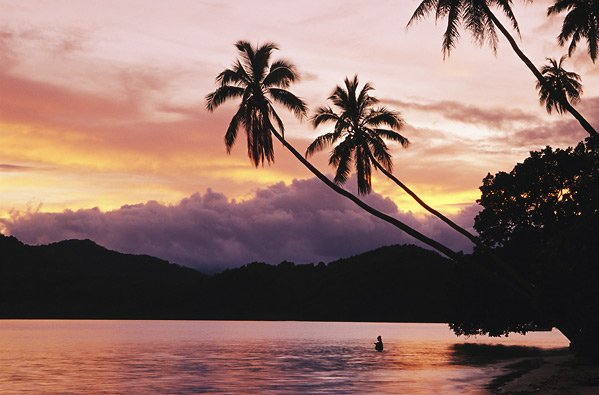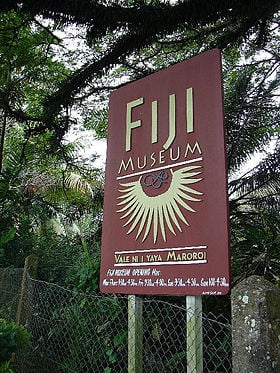
- Fiji useful tips and information
- Best time to visit the Fiji Islands
- Language, currency and time zone
- How to get to the Fiji Islands flight itinerary
- Fiji Islands what to see and what to visit
- Gallery photo isole Fiji
Fiji useful tips and information
My trip to Fiji was nothing short of spectacular.
I want to report here some details of this fantastic journey and provide you with some useful tips.
Here are the tips.
Best time to visit the Fiji Islands
The best time to visit the Isole Fiji runs from late May to late October, ie during the South Pacific winter.
In the remaining periods the frequent rains and storms combined with the strong heat generate a great heat.
The islands are of volcanic origin, some with mountain peaks and sometimes surrounded by reefs, others simply sandy coral atolls with splendid and clear bottoms (
with water at 26-30 degrees!).

Language, currency and time zone
The official languages are English and Fijano.
I Fijani Indians obviously speak the language among themselves Hindi.
The current currency is the Fijian dollar.
Tipping, as is traditional in South Pacific hospitality, is unknown, but not for Indians.
America Coast to CoastThe time zone is + 11 / + 10 hours according to the Spanish solar / summer time.
How to get to the Fiji Islands flight itinerary
The journey for the Fiji it can last up to two days depending on the flights used.
Starting from Spain they exist different itineraries to reach Fiji.

I did this: flew west with a mandatory stopover at Lax of Los Angeles (about 15 hours). Then I waited for the connection (sometimes many hours in the waiting room!) For Nadi (Fiji International Airport).
One of the major companies on this latter route is the Air New Zealand. The Los Angeles (USA) - Nadi (Fiji) route can last from 11 to 15 hours depending on whether the flight is direct or with an intermediate stopover in Tahiti (French Polynesia) more Rarontonga (Cook Islands).
Once disembarked in Nadi you can continue to local destinations via internal flights carried out by airplanes (Sunflower Airline, Air Fiji), seaplanes (Turtle Airways), helicopters (Island Hoppers) or in the case of nearby destinations such as the archipelago of Mamanucas by ferry boat, speedboat, catamaran, etc.
The Fiji Islands are well connected with the Tonga, Cook, New Zealand, Hawaii, French Polynesia and Samoa.
Fiji Islands what to see and what to visit
Even at Fiji, as at Cook Islands, the presence of the churches is evident and the impact on social life is enormous.
This is even more visible if you visit the Fiji Museum, as well as some specimens of the various canoe melanesiane (jo i ned) a room is in fact dedicated to the old habits linked to cannibalism (there are also beautiful forks to eat the meat of killed enemies and it tells the story of a leader from the end of the last century, famous for having eaten over 800 people) and to the way in which it disappeared thanks to the action of the missionaries.

An action so strong that some of the "stories" of the missionaries have become part of the local tradition.
This is the case, for example, of a legend according to which the Fijians arrived at their islands not through the different migration routes that led to the population of Polynesia (from Latin America or Asia, according to the thesis), but directly fromAfrica.
Most romantic islands in the worldThey, in fact, led by a leader, would have left Egypt and then descended along the Tanganyika they would arrive at the coast, to then embark and arrive at the islands.
This story, spread by the missionaries, was first published in a local newspaper and then became for a long time the official "thesis" on the origin of the islands' population.
Fiji diving
Returning to the north of Viti Levu, I stopped by car at Pacific harbor an area around a series of canals that is considered to be the Suva beach and is full of villas and resorts, mostly Australians.
Along the canal there is also a small one diving center, with a 40-foot boat and three or four people: an old man skipper, a dive master with tattooed shoulders and a face a little lighter than the Melanesian one perhaps with Maori traces and a sailor from Vanua Levu.
After exiting the canal where some long-stranded sailboats are on display, including a large trimaran armed with ketch and I think built in aluminum after about 30 minutes of navigation, we arrived at a small island (if anyone remembers the island Escondida in the Ballad of the Salt Sea, the island had exactly the same shape) at the entrance to the Bequa Lagoon.

There we dived: at a depth of about 30 meters a wreck of a Japanese ship, sunk for about ten years, already covered in corals but still in perfect condition, then from there on the coral reef, rising to the surface.
A dive in the midst of corals of all kinds (brain, mushroom, comb or bush,.) And in the midst of reef fish of equally numerous types (different species of butterfly fish and fish angelo, some trumpet fish, puffer fish and small fish of all kinds, groupers and some thick carangid), instead I have hardly seen molluscs, if not some nudibranch.
Gallery photo isole Fiji














